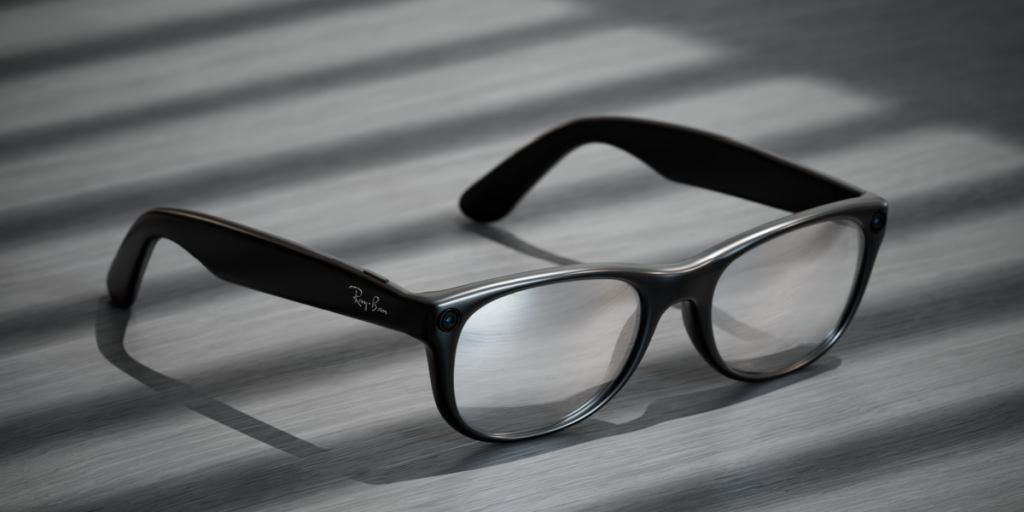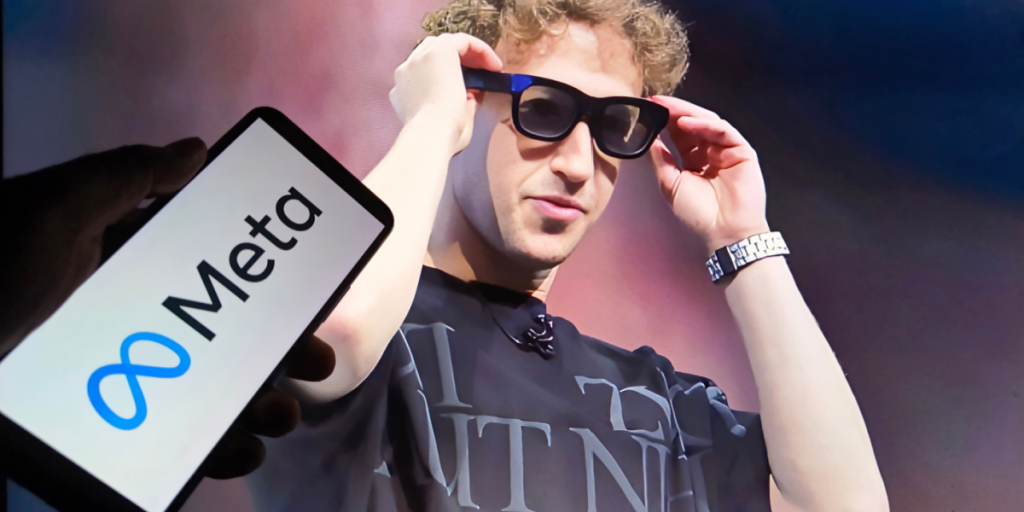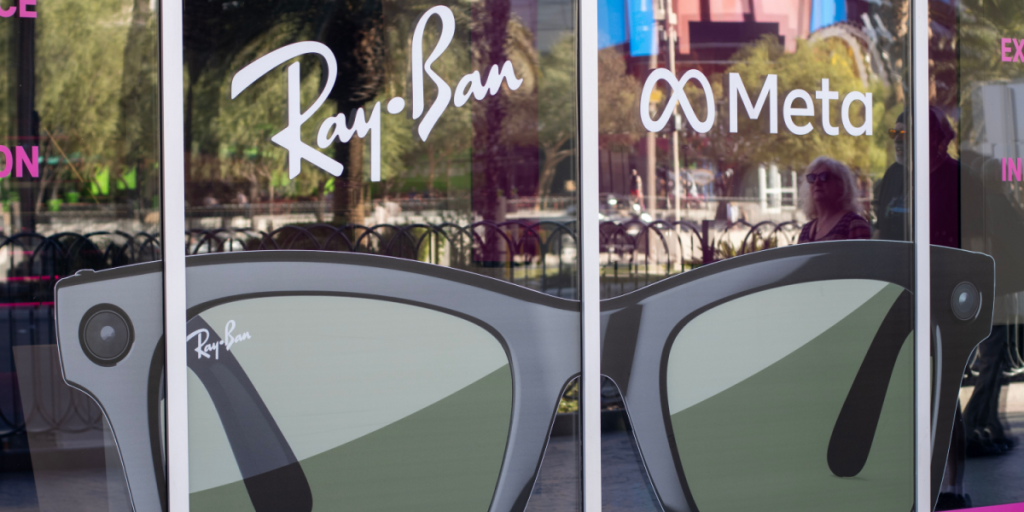Meta’s latest Ray-Ban Display glasses combine AI, augmented reality, and gesture control — and come with an ambitious promise: personal superintelligence in your eyewear.
Others are reading now
Meta’s latest Ray-Ban Display glasses combine AI, augmented reality, and gesture control — and come with an ambitious promise: personal superintelligence in your eyewear.
Smart Glasses with a Screen

Meta’s new Ray-Ban Display glasses are the first in its lineup to include a built-in screen. The right lens features a small digital display for basic tasks like notifications, and the $799 package includes a wristband that translates gestures into commands. They launch September 30.
“Glasses Are the Ideal Form Factor”

Mark Zuckerberg calls smart glasses the best way to stay present while tapping into AI. The Display glasses aim to make users “smarter, help you communicate better, improve your memory, improve your senses, and more.”
Early Tech with a Long-Term Vision

Analysts expect modest sales at launch but see the Display glasses as a stepping stone to Meta’s long-term goal: the “Orion” AR glasses, expected in 2027. These new models are part of a broader push toward wearable AI interfaces.
A Competitive Edge

While Meta is ahead in hardware form factor, it trails behind OpenAI and Google in AI model development. Zuckerberg has responded by aggressively hiring AI talent and investing billions into AI chip infrastructure.
Also read
A Mixed Launch

Zuckerberg’s demo didn’t go smoothly — a failed call attempt during the keynote drew laughter — but the crowd remained supportive. The Display glasses still pack a punch in features: Meta’s AI assistant, livestreaming, hands-free control, and camera integration with Facebook and Instagram.
Sports Version and Ray-Ban Refresh

Meta also introduced the Oakley Vanguard for athletes ($499), offering live fitness stats and 9-hour battery life. Meanwhile, the standard Ray-Ban smart glasses get improved battery and camera, now priced at $379.
Challenges Ahead

Despite the hype, Meta’s AI glasses must prove they’re more than a novelty. As Forrester’s Mike Proulx puts it, the Display glasses are “an everyday, non-cumbersome form factor,” but convincing users to adopt them remains the hurdle.


